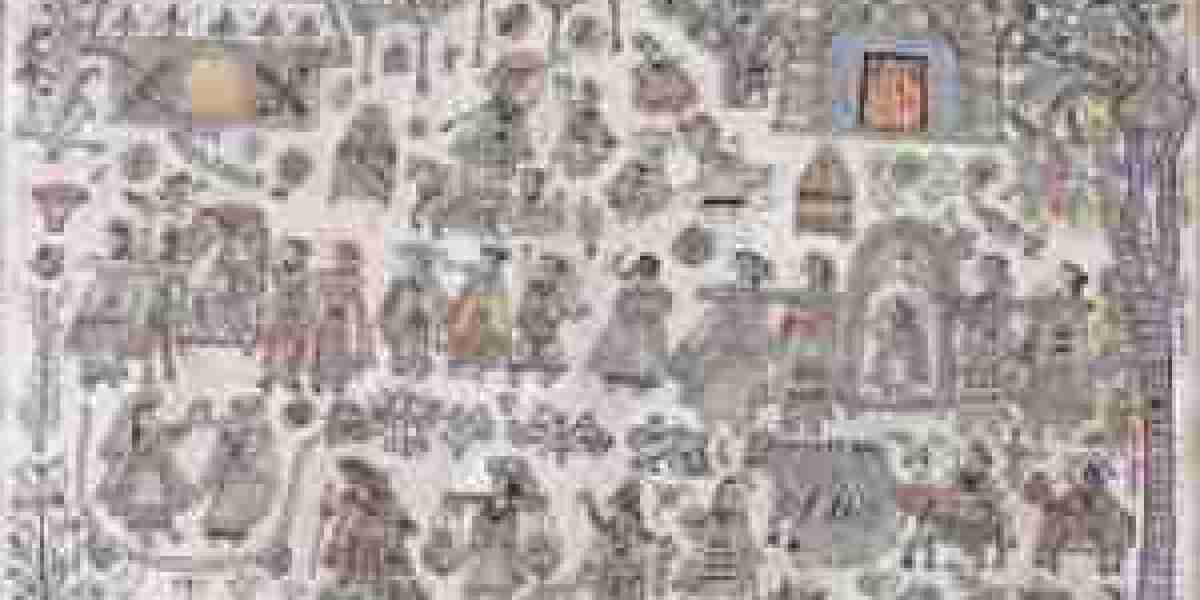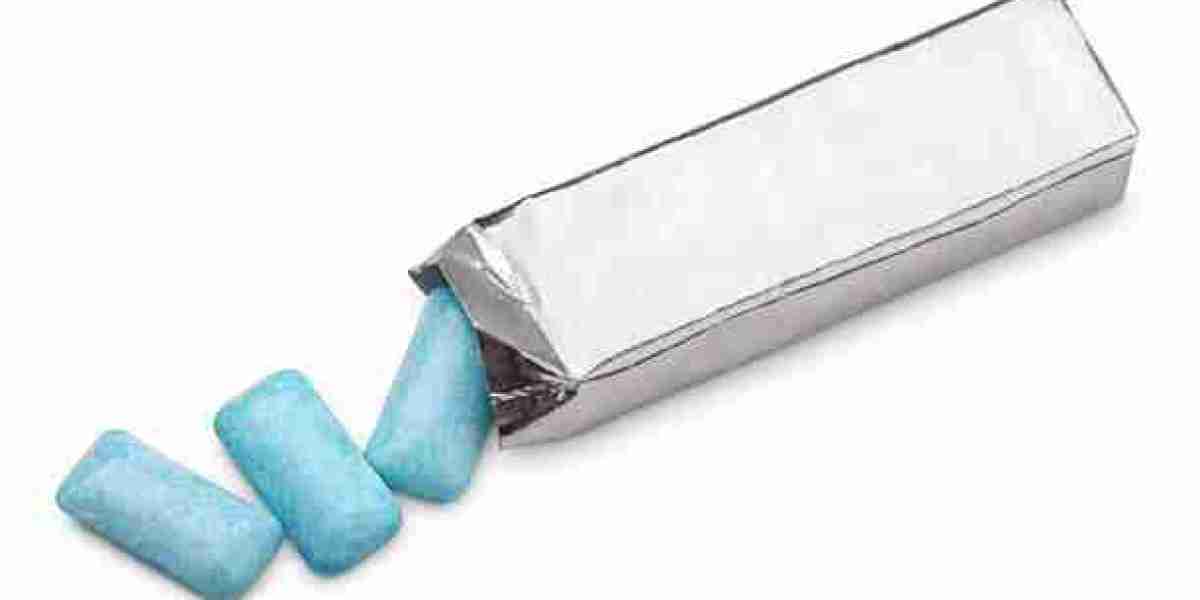Madhubani art, a mesmerizing folk art tradition, has been captivating art enthusiasts across the world for centuries. With its unique style, vibrant colors, and intricate patterns, this form of art has an unparalleled charm. Originating from the Mithila region of Bihar, India, Madhubani art reflects the cultural heritage, beliefs, and traditions of the region. If you're interested in exploring this beautiful art form, attending Madhubani art workshops in Delhi could be an ideal way to immerse yourself in its rich history and learn the techniques involved. In this article, we’ll take a deep dive into Madhubani art, its significance, techniques, and why you should consider enrolling in a workshop.
What is Madhubani Art?
Madhubani Art, also known as Mithila painting, is a traditional Indian art form that uses intricate patterns and vibrant colors to depict mythological themes, nature, and local folklore. It’s famous for its detailed lines, geometric shapes, and the use of natural colors such as turmeric, indigo, and ochre. The beauty of Madhubani art lies in its simplicity and the rich symbolism behind every stroke and color choice.
History and Origin of Madhubani Art
Ancient Roots in Mithila Region
Madhubani art has been practiced for centuries, with its origins tracing back to the Mithila region of Bihar. The tradition of painting walls with elaborate designs during festivals and weddings is deeply ingrained in local culture. It was originally passed down through generations as a way of preserving local stories, deities, and cultural practices.
From Wall Paintings to Canvases
Initially, Madhubani art was created on the walls of homes using natural pigments and brushes made from twigs or fingers. Over time, these paintings evolved onto paper, fabric, and other materials. Today, the art form has gained international recognition and is considered one of India’s most iconic folk art traditions.
Key Features of Madhubani Art
Intricate Detailing
One of the defining features of Madhubani art is its intricate detailing. Every painting is filled with precise lines, patterns, and motifs that are symbolic and meaningful. Whether it’s depicting animals, plants, or deities, each figure is meticulously outlined.
Vibrant Colors
The use of vibrant colors is another characteristic of Madhubani art. Traditional artists used natural dyes, such as turmeric (yellow), indigo (blue), and charcoal (black), to create vivid, eye-catching compositions. These colors are not only aesthetically pleasing but also carry deep symbolic meanings.
Geometric Patterns and Symbolism
Geometric shapes like circles, triangles, and squares are commonly used in Madhubani art. These shapes often hold symbolic meanings tied to nature, spirituality, and human life. The patterns also serve to balance the artwork, creating a harmonious and visually appealing design.
Different Styles of Madhubani Art
Kachni Style
This style involves intricate line work and a minimal use of color. The focus is on creating detailed patterns and motifs, primarily using black ink to outline the subject matter. The Kachni style is often seen in depictions of gods, goddesses, and mythological scenes.
Bharni Style
In contrast to Kachni, the Bharni style of Madhubani art is known for its vibrant colors. It typically uses a lot of bright hues, such as red, green, and yellow, to fill in the lines and patterns. This style is often used to depict nature and life in vivid detail.
Tarpa Style
The Tarpa style is unique as it features scenes of dancers and musicians, typically seen in the context of village festivals. The vibrant colors and joyful motifs of the Tarpa style are intended to celebrate life and community.
Godna Style
Godna paintings are characterized by the use of bold, simple designs to depict religious themes or societal beliefs. This style is often used to create intricate body art (tattoos) on women, which can symbolize protection and good fortune.
Why Learn Madhubani Art?
Cultural Preservation
Learning Madhubani art allows you to immerse yourself in the cultural history of India. The intricate patterns and symbols used in this art form carry centuries-old traditions and beliefs that are still relevant today. By learning Madhubani, you’re helping preserve this unique cultural heritage for future generations.
Develop Your Creativity
Madhubani art is a perfect outlet for creativity. The process of painting allows individuals to experiment with colors, patterns, and designs while expressing their emotions and thoughts through the artwork. Whether you're a beginner or an experienced artist, Madhubani art offers endless possibilities for creative expression.
Therapeutic Benefits
Art, in general, is known to have therapeutic benefits, and Madhubani art is no different. The intricate detailing and repetitive nature of this artwork can help relieve stress and promote mindfulness. Engaging in a painting session can be a meditative experience, allowing you to focus solely on the process and forget about the pressures of daily life.
Madhubani Art Workshops in Delhi: A Learning Hub
Why Choose Delhi for Madhubani Art Workshops?
Delhi, being the heart of Indian culture, is home to numerous workshops that offer the chance to learn Madhubani art. Whether you are a beginner or someone looking to refine your skills, these workshops provide expert guidance from seasoned artists. In addition to the practical skills, you will gain insights into the history and significance of this art form, enhancing your overall understanding.
Top Madhubani Art Workshops in Delhi
Many organizations and individual artists in Delhi offer specialized Madhubani art workshops, which range from a few hours to several days. Some workshops focus on teaching the basic techniques, while others dive deeper into specific styles, such as Kachni or Bharni. With hands-on experience, you can learn how to create your own Madhubani art pieces.
What to Expect from a Madhubani Art Workshop in Delhi
In a typical Madhubani art workshop, you can expect to learn the following:
- Introduction to the history and significance of Madhubani art
- Detailed explanation of different styles and techniques
- Guidance on choosing and mixing colors
- Practical tips on sketching, outlining, and filling in designs
- Step-by-step creation of your own Madhubani artwork
Most workshops provide materials, including paper, paints, and brushes, so you can jump right into creating art from the start. Some workshops also provide online learning options for those unable to attend in person.
How to Choose the Right Madhubani Art Workshop?
Check the Expertise of the Instructor
It’s crucial to select a workshop led by an experienced and skilled artist who understands the nuances of Madhubani art. Look for instructors who have been practicing this art form for years and have an in-depth knowledge of its various styles and techniques.
Read Reviews and Testimonials
Before enrolling, take the time to read reviews or testimonials from previous participants. This will give you a better understanding of the quality of the workshop and what to expect from it.
Consider the Workshop Duration and Format
If you're a beginner, look for workshops that cover the basics and offer enough time for hands-on practice. Workshops that provide a mix of theory and practical application tend to be more beneficial for learning. If you're short on time, shorter workshops may also be an option.
Conclusion
Madhubani art is a true reflection of Indian culture, with its rich history, vibrant colors, and intricate designs. Whether you're an art enthusiast or someone looking to explore a new creative hobby, learning Madhubani art can be a rewarding experience. Delhi offers numerous opportunities to learn this fascinating folk art form, making it easier than ever to get started on your artistic journey. So, why wait? Sign up for a Madhubani art workshop today and dive into the world of intricate folk art that’s both beautiful and meaningful




